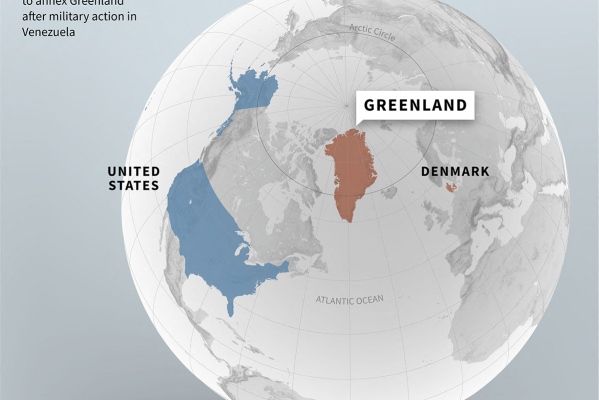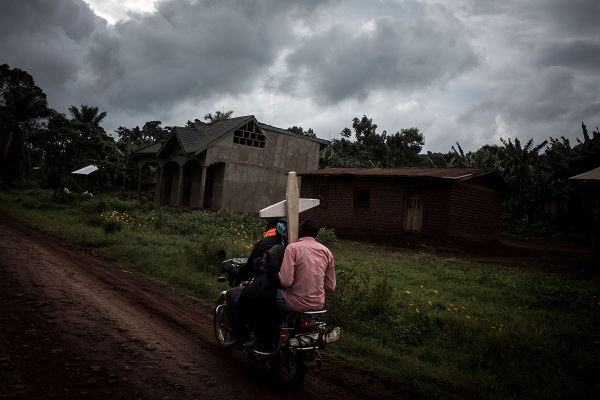Kepler 22b, New Planet Able to Sustain Life?
Astronomers made a remarkable finding recently. A new planet-Kepler 22b, was located and found to be very similar to the qualities of our planet Earth. It is estimated to be 2.4 times as wide and therefore much heavier than Earth, but its distance from a surrounding star sets Kepler 22b in the “habitable” zone with the potential to support human life.
This discovery was disclosed at NASA's Ames Research Center in Moffett Field, Calif. The discovery team was very hopeful for the prospects of this planet.
"It is right smack in the middle of the habitable zone," Kepler scientist Natalie Batalha said. The astronomers have considered over 2,000 celestial figures among thousands of stars near Earth and have finally found a “Goldilocks” planet-one that is just right in terms of temperature. Kepler 22b’s distance from its star provides 72 degrees Fahrenheit (22C) of surface temperature, allowing for oceans to be sustained on the planet. The presence of liquid water is essential to the building of human life and Kepler 22b suggests the potential for harboring water.
"This is a major milestone on the road to finding Earth's twin," said Douglas Hudgins, a scientist at the Kepler program, said. Astronomers are used to finding large planets, the size of Jupiter or even bigger. However, Kepler 22b is the smallest sized planet found in a habitable area near a sun.
"This is a phenomenal discovery in the course of human history," Geoff Marcy of UC Berkeley and a Kepler investigator said. The planet orbits around a sun-like star in a 290-day cycle. The sun of the Kepler 22b is almost as vibrant and heat inducing as Earth’s sun. And telescope observations suggest that it can weigh no more than 36 times the weight of planet Earth.
"There is absolutely no doubt about the reality of this planet," Marcy said. "This discovery is rock solid, even if the planet isn't.”
Although Kepler 22b seems likely to detect more life sustaining elements, astronomers are not entirely sure about the structure of the planet. It can be rocky, layered with water, gas, or even something unforeseen. The team leader of the Research Center, William Borucki, says that there is no indication of other planets in the same solar system. Perhaps, for that reason, a comparison is not possible.
Though the Research Center is still uncertain, Marcy suggests that “this planet is probably rocky with a thick layer of water and gas, making it more like Neptune in our solar system."
Astronomers remain optimistic about the prospects of 10 other planets that are also within the “habitable zone,” still lingering for verification.
"(W)e Homo sapiens are straining our reach into the universe to find planets that remind us of home," Marcy wrote via e-mail. "We are almost there."





















